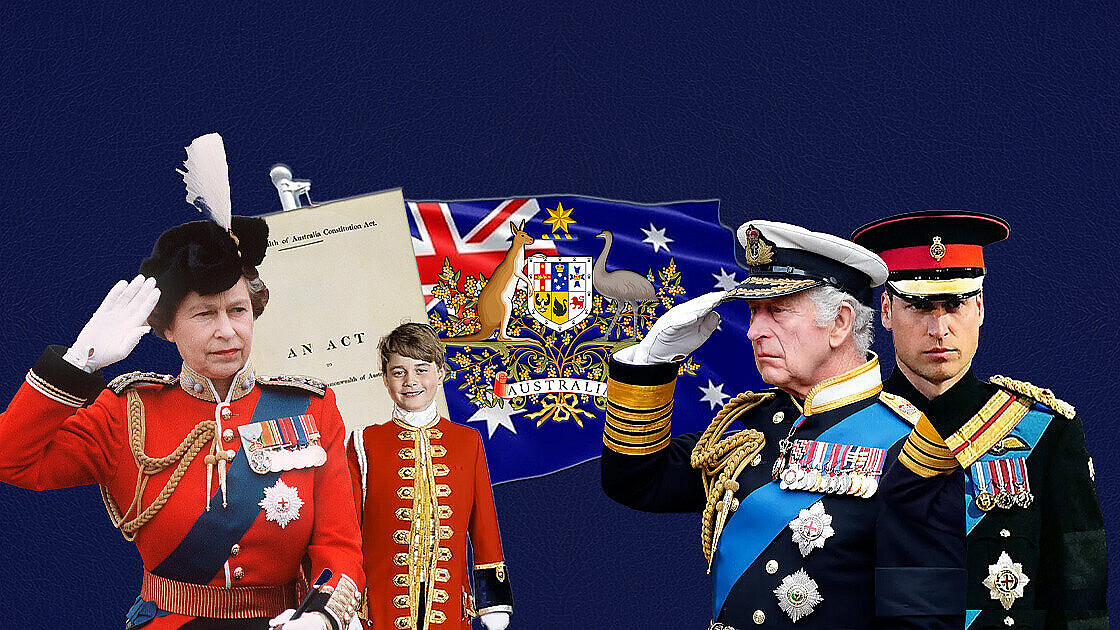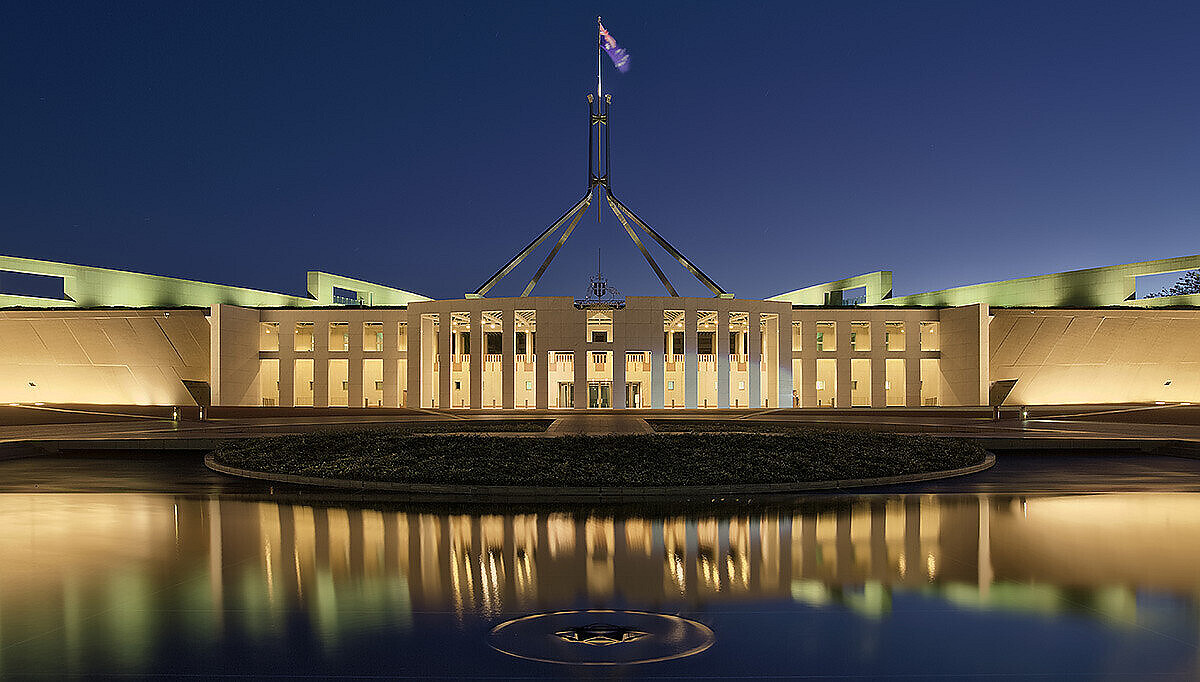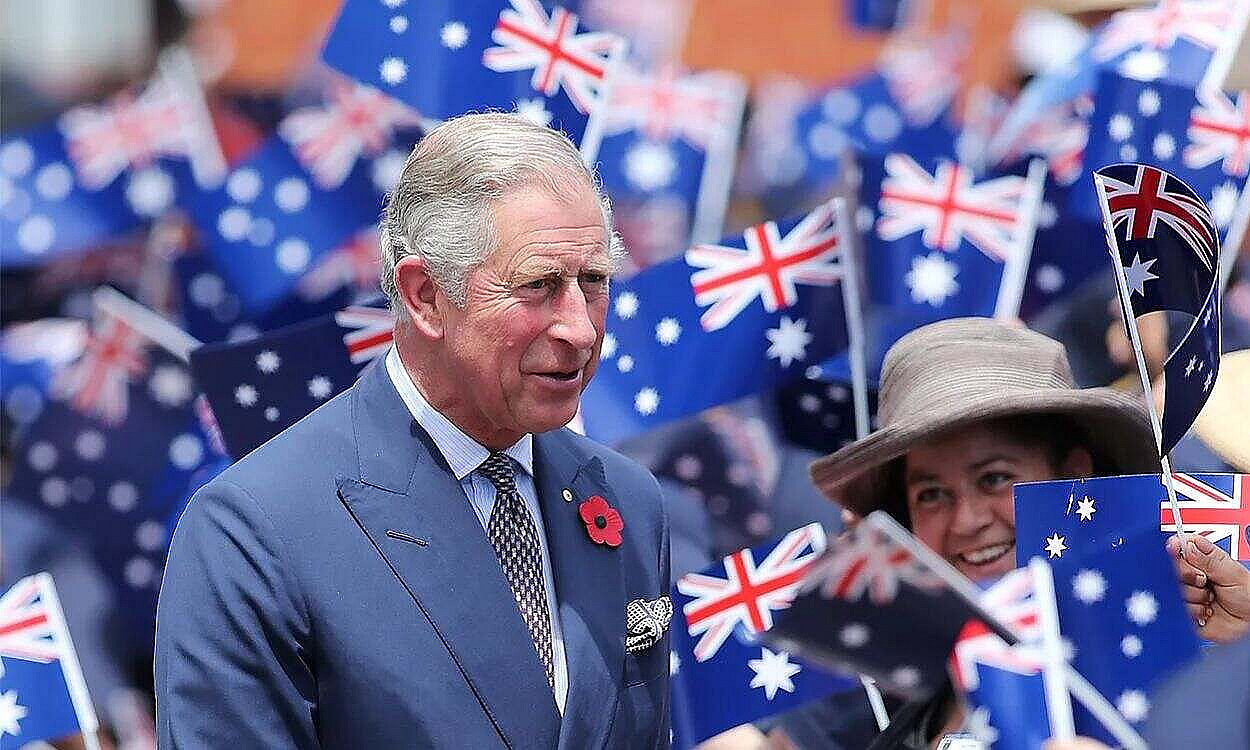From the definition of the word “republic,” it can be seen that without some qualification, the word is so imprecise that it is almost meaningless.
Opinion polls asking peoples’ opinions on whether Australia should become “ a republic” are of little use. Australia was created as an indissoluble Federal Commonwealth under the Crown – a crowned republic. The question should define precisely which sort of republic is being proposed.
On this site, we distinguish between the two primary forms of republics.
One group is “crowned republics” (constitutional monarchies). At the centre of these is an institution above politics, the Crown.
The other category consists of “politicians’ republics”. In these, there is no similar institution which provides leadership beyond politics.
In such a politicians’ republic, the head of state ( and any state governor) is an elected politician or one appointed by and controlled by the politicians.

These categories are not exhaustive.
Falling outside these are, for example, absolute monarchies, which have existed historically in France under Louis XIV and exist today in Saudi Arabia.
Crowned republics, or constitutional monarchies, are ones where the monarch or Sovereign retains some of the state’s formal executive and legislative powers and provides leadership beyond politics.
The Sovereign, exercising the powers of the Crown, is an important check and balance to the political arms of the state. In a Commonwealth Realm, such as Australia, most of the powers of the Crown are normally exercised by governors-general and governors appointed by The Queen on the advice of the prime minister or the premier. ( In Canada, the provincial lieutenant governors are appointed by the governor-general. )
This role of the Crown provides a check and balance on the exercise of power by the elected politicians. Power is essential to government, but as Lord Acton famously warned, power tends to corrupt, and absolute power corrupts absolutely.
In Australia, Canada, New Zealand and other constitutional monarchies, the Crown is important not for the powers which it wields but rather for the power it denies others.
Under the Westminster system, the Crown constitutes the government advised by ministers responsible to the lower house of Parliament. This house is called the House of Commons, House of Representatives or Legislative Assembly.
The Westminster system has succeeded in ensuring stable and limited democratic government.
But with such a concentration of political power, checks and balances are necessary. One is the Crown.
Another is an upper house, the House of Lords or the Senate. Yet another is a separate judicial power exercised by the courts.
In the United States, checks and balances come by dividing the powers of executive, legislative and judicial.
This means that, unlike the Westminster system, the President as the combined head of state and head of government is more separate from the Congress..
Although this works, it is rigid. This is particularly so if Congress tries to impeach the President for some offence.
This lengthy process can lead to a long period when the government is distracted, if not paralysed.
But if you disregard her civil war, the American system works and, unlike most politicians’ republics, has worked for a long time.
There is, however, little support for importing the US model into Australia.
Instead, proposals in Australia involve the removal of the Australian Crown from our crowned republic.
The Crown is an important check and balance. The powers of the Crown are exercised by a Sovereign (The Queen) or her viceroy. In a number of Commonwealth countries, a viceroy or viceroys are appointed to exercise most of the powers of, for example, the Australian, Canadian, New Zealand or other Crowns.
As a constitutional institution, each Crown is separate. However, each country shares the same sovereignty in what is known as a personal union. In Australia, the viceroys are known as the Governor-General and the Governors. In Canada, they are known as the Governor-General and the Lieutenant Governors.
In New Zealand and Papua New Guinea, which are not federations, the Governor-General is the only viceroy.
There are presently fifteen such countries, known as Realms. They were once known as Dominions, although Canada still keeps this name in its formal title.
(For convenience, when we use the word Sovereign in the following paragraphs, we are also referring to Governors-General, Governors and indeed Lieutenant Governors.)
The Sovereign acts typically on the advice of the ministers. But that advice must be lawful, the Sovereign needing to be assured that he or she has the power to act as advised. If there are any conditions on the exercise of that power – as there usually is – the Sovereign will need to be assured that all conditions have been fulfilled. In this process, the Sovereign can play an important counselling role and sounding board to his or her ministers.
In playing this role, Bagehot said the Sovereign has the right to be consulted, advised, and warned. In addition, the Sovereign will usually enjoy certain ” reserve” powers where he or she may act without or even against ministerial advice. This is done so as to maintain important constitutional principles, a matter we discuss in more detail under Constitutional Guardian.
These usually relate to the calling of elections and the appointment and dismissal of governments.
But in most countries today, the more significant part would be either crowned republics or politicians’ republics.
Politicians’ republics can be classified in various ways. In Australia, the Republican movement proposed a republic where the politicians would choose and closely control the president. This was rejected nationally and in all states in the 1999 Referendum.
Although they will not reveal what sort of political republic they want today, the two most talked about are some variations of that rejected in 1999, the Referendum Model.
The other form of the republic under consideration is one where the president, and presumably the vice president, the six governors, the six lieutenant governors and the administrator of the territory are all politicians.
Politicians and others who want to remove the Australian Crown from the Constitution are divided between these two models in many instances irreconcilably.
Often, the supporters of one particular model will prefer the present crowned republic to the alternative model.




